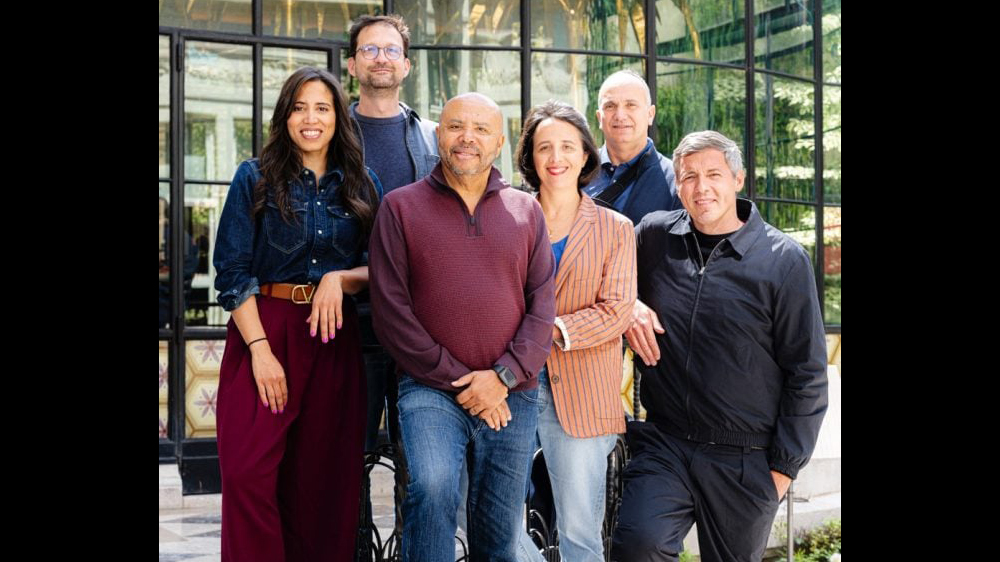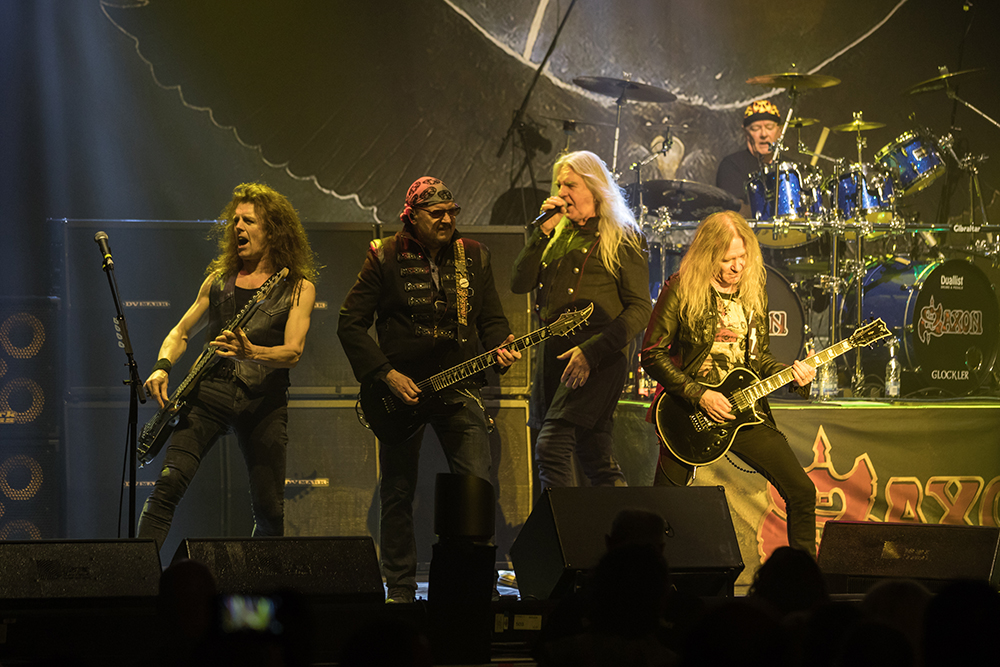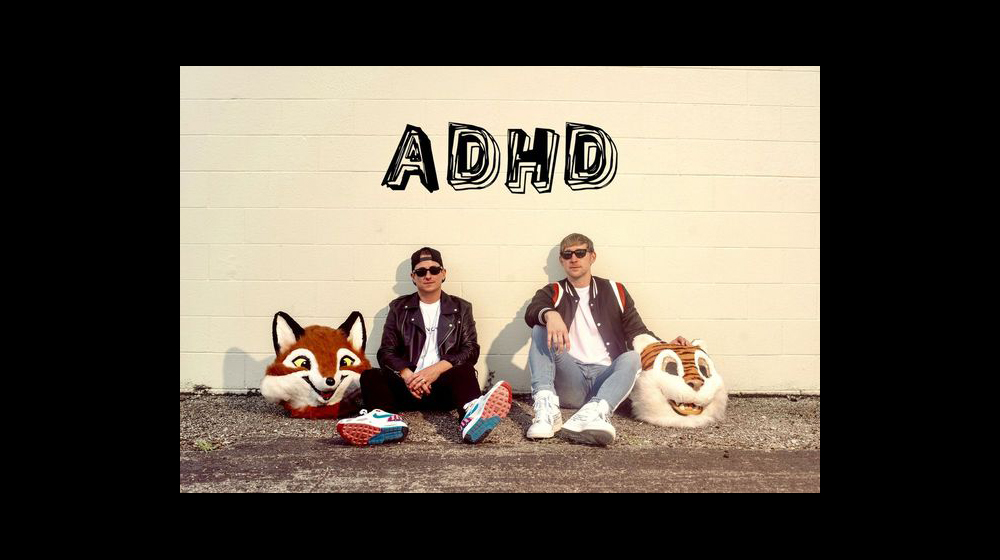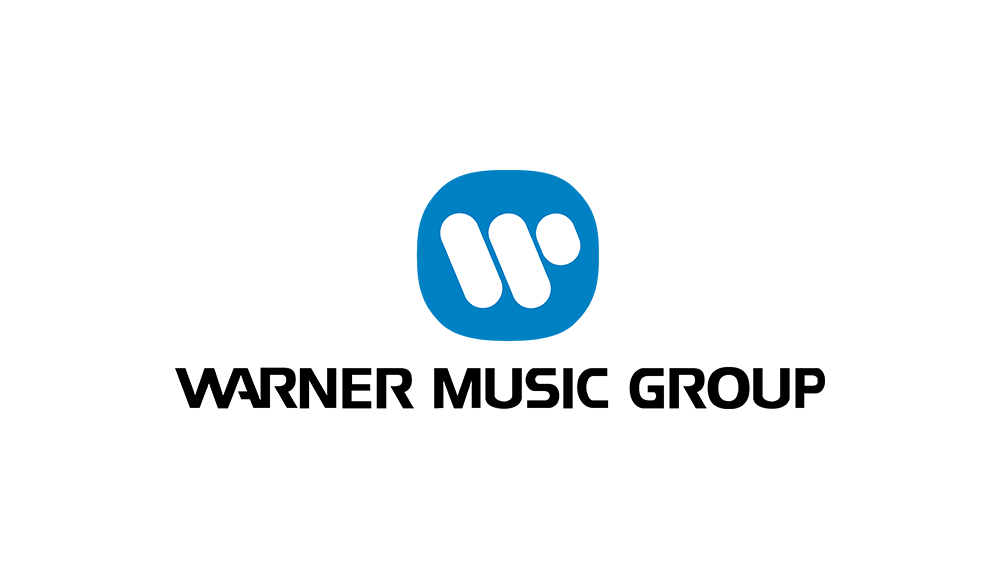Are you trying to reel in some more fans? The following ‘Audience Activation Funnel’ demonstrates how to leave an impression on new listeners.
by JORDAN GATES of Indie Gigging
These days artists and music industry professionals alike put an increasingly large emphasis on the numbers. How many streams a track got, how many video views you have, how many social media followers you have, etc. How useful are all of these stats really? And what insight do they reveal about the true value of an artist?
The answers to these questions become clearer by framing them in a business context. There’s this concept in the world of sales and marketing of a “sales funnel.” It is used to describe how potential customers move along various stages of the sales process on the journey to turn them into paying customers. Marketers try to reach a large target market and then narrow down and retain those that are likely to make a purchase. The example below illustrates this idea.

It can be useful to apply this framework to the music industry to help understand the intent of your audience and the insightfulness of various industry metrics. Each stage of the funnel is characterized by a specific subset of your target audience. Understanding what your audience wants will allow you to meet their needs better and guide them further down the funnel.
Before getting into the details, here’s a scenario to illustrate the importance of having an effective funnel.
Let’s say you hear a great new song come on a streaming playlist you’re listening to. You instantly want to know who the artist is and hear more of their music. You click on their streaming profile, maybe even give them a follow. If you’re really into their music at this point, you might try to search for them online. But it’s hard to find any good information about them. There’s no official website, and their social media hasn’t been updated in months. You lose interest, click next on the playlist, and just like that, they get lost in the shuffle.
Unfortunately, this type of scenario is all too common both for new and even veteran musicians. Understanding how your audience funnel works will help you reel in fans and keep them there so you can build a career as an artist.
Awareness
The first stage of the funnel is awareness. This is the stage where listeners first come into contact with your music or your brand. Maybe someone discovered you on the radio, a streaming playlist, a blog you were featured on, or even word of mouth. Casting a wide net will help you bring fans into your funnel. The bigger your reach is, the more touch points you’ll have with potential new fans. This translates into opportunities to grow your fanbase and eventually create more income further down in the funnel.
The top of the funnel is where promotion and publicity come into play the most. The best way to expand your reach is through strategically promoting your music and your brand. Activities like doing interviews, getting features, and getting radio play are just a few great ways to build awareness as an artist.
Metrics That Matter
There are a few metrics to keep an eye on for measuring your reach at the top of the funnel. Streams or listens are a great go-to metric for this. A lot of people put a high emphasis on streaming numbers to measure the value of an artist, but really it’s nothing more than an indicator of an artist’s top-level reach. It shows that people are finding your music and clicking play. Video views or social content views are also good metrics to look at here. High view counts indicate that your content is reaching a lot of people. Putting out good quality content that plays nice with the platform algorithms you’re posting on will help you increase views. Lastly, if you have a website, views or sessions on your site are another interesting metric of note.
Moving Down The Funnel
At this point, people are seeing your content but not necessarily engaging further. They may have heard one of your songs but might not even know your name yet. Make it easy for them to learn more about you, and give them a compelling reason to do so. Only a portion of the people that become aware of your music will make it on to the next stage of the funnel. Make sure people can easily find you and that you’re receiving credit for your work wherever it is featured. Include links to your website and socials on online platforms or written features, and tell people where they can find you when doing interviewers or in-person appearances.
Engagement
Now that fans have been introduced to you, the next stage of the funnel is where they will learn more about you and your body of work. This is the engagement stage. This is your opportunity to tell your story and let your brand voice really shine through. At this stage, you will begin to turn mere listeners of your music into actual fans.
Those that choose to engage further after they become aware of you are there for a reason. They find you relatable or are attracted to you for the content you put out and the community you create. It’s all about content creation in this stage. Releasing new music and content will keep the attention of your audience. Interact with them and nurture them further by facilitating engagement through social media, outbound messaging, and other content delivery channels.
Metrics That Matter
Engagement metrics are usually very easy to measure because they are automatically tracked by most social and streaming platforms. These are metrics such a social media or streaming profile follows social media engagements (likes, shares, reactions, etc.), repeat listeners or users, and email list subscribers, to name a few. All of these metrics show that there is interest in your music and that listeners are actively seeking to know more about you beyond the initial discovery phase.
Moving Down The Funnel
The next challenge is getting engaged listeners to open their wallets for you. If you do a good job of capturing the attention of your audience, some of them may be willing to see you in concert or buy your music. In order to facilitate these transactions, you need to make them as smooth and easy as possible. Provide a clear call to action and easy access where your audience can purchase music, concert tickets, or merch. You can promote these offerings by providing information and links directly on your social media or streaming profiles. The key is to reduce friction and have less hoops to jump through (or less clicks) for those that want to buy something from you.
Conversion
The conversion stage is where you “seal the deal” with your audience. Being able to turn casual fans into paying customers is a crucial piece of the puzzle if you ultimately want to make a living from music. You’re not worth a penny until someone actually spends money for your work.
There are a number of ways to generate revenue as an artist, and it’s recommended that you explore more than one in order to build resilience for your business. Concerts, streaming, merchandise, and licensing are a just a few common ways that artists make money. The sky is the limit, though, if you apply your creative mindset in a business context. There are all kinds of unique ways for artists to monetize their work.
Metrics That Matter
As mentioned previously, too much importance is placed on superficial metrics like streams and followers. Those types of metrics can be a decent proxy for earning potential, but proven earnings history is what really determines an artist’s true value.
As with the other stages of the funnel, there are specific metrics that indicate how successful you are at converting fans. Concert ticket sales, music sales, paid subscribers, and merch sales are great conversion metrics to pay attention to. Any revenue-generating activity that comes directly from your fans could be considered a conversion. Conversion metrics are generally easy to track through online platforms or on your own. These metrics translate into actual income for your business, so pay close attention to them.
Moving Down The Funnel
So you’ve successfully converted some of your fans into purchasers… well don’t get too comfortable yet! This is where your job really begins.
All of the stages before this point were really just marketing activities, but now you have real paying customers with real expectations. It’s time to deliver the product or service that you owe them. Give your fans the most incredible experience – the best listening quality for recorded music, the most fun concerts, the coolest merch! Try to go above and beyond to exceed their expectations. That’s just good for business. It will leave them feeling satisfied and knowing that they got great value for their hard-earned money. They will be more likely to tell their friends and more likely to keep coming back for more. They might even turn into devoted superfans.
Retention
Retention is the last stage of the funnel. Being able to turn one-time purchasers into repeat customers is the best way to ensure the longevity of your career as an artist. “Superfans” are those that are thoroughly invested in your music and your brand. They strongly identify with the community of supporters you have built around your art.
Having high retention of your fans will set you up for a long and lucrative career in this business. Some artists are able to retain fans for decades and even long after they pass away. Superfans are the difference between a one-hit-wonder and a cultural influencer. It is a connection with your audience that goes beyond just the music to strike a chord with someone’s identity.
Once you achieve this level of support from your fans, you will be able to generate ongoing income from your audience. These superfans will also evangelize others to join your community through word of mouth and sharing your music. It’s been said that creators only need a small number of dedicated supporters in order to make a viable living. This idea was popularized by the 1,000 True Fans Theory. You don’t need millions of fans to be successful. You can build a foundation for your music career on a small number of true fans who love what you do.
Metrics That Matter
The metrics for retaining customers can be a little trickier to identify and measure accurately. Pay attention to metrics that are indicative of repeat purchases or high engagement with your brand. These are metrics like VIP ticket sales, Street team or fan club members, repeat concert goers or purchasers, and purchasers of exclusive merch items or experiences.
Creating Your Own Funnel
It takes a ton of effort to build and maintain your audience funnel. Understanding how a successful sales funnel should operate is the first step towards building your own. Once each stage is carefully thought out, you’ll be able to focus on growing your audience and optimizing your strategies to move them down the funnel. This process will be a balancing act between nurturing your existing fans and expanding the top of your funnel to attract new fans.
This idea of a funnel is a helpful concept on paper, but it can also be messy in practice. It will involve lots of experimentation and challenges along the way. You must be willing to learn from mistakes and continuously improve the process. A well-executed funnel will help you steadily grow your reach, influence, and income over time. You’ll be on your way to win over the hearts and minds of music fans everywhere!
Jordan Gates is the Founder and President of Megaphone Agency. He has a passion for discovering new talent and developing artists in any stage of their music career.

























































